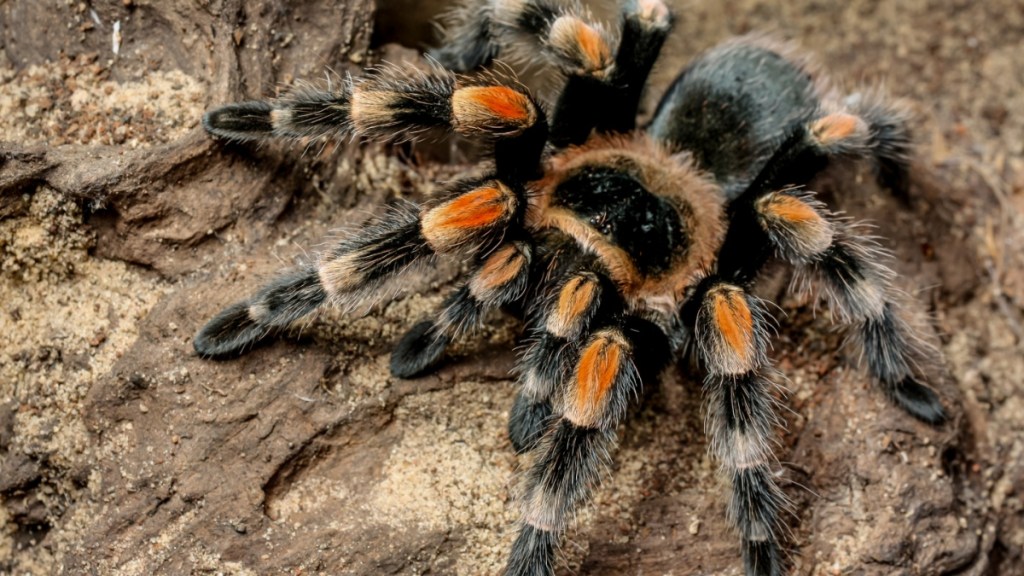Four new species of Tarantulas have been discovered, and they have been classified into their own genus based on the record-breaking length of their genitalia, as per the latest reports. These species of tarantulas have been named Satyrex, based on the Greek mythological figure, Satyrs. They are part-man and part-animal figures in Greek mythology, who are also represented with enhanced genitalia.
Tarantulas discovered with huge genitals, claims report
As per reports, these four new species of tarantula, called Satyrex, live in the Arabian Peninsula and the Horn of Africa.
“The males of these spiders have the longest palps among all known tarantulas,” Dr. Alireza Zamani, a researcher at the University of Turku in Finland, said of the species. (via Discover Wildlife)
As per the research into these spiders, the reason for these exceptionally long genitalia is quite interesting. Tarantulas do not have reproductive organs like mammals. Rather, they have appendages by their mouths called palps, which aid in reproduction. During mating, their sperm is transferred to structures called papal bulbs, and then inserted into the females.
As female tarantulas tend to be cannibalistic, these long genitals help the male to survive the mating without getting consumed.
The research into this particular kind of spider began with iNaturalist sightings and social media posts on tarantulas. Dr. Zamani soon looked into the samples and discovered that these were undescribed species of spiders.
“Based on both morphological and molecular data, they are so distinct from their closest relatives that we had to establish an entirely new genus to classify them, and we named it Satyrex,” said Dr. Zamani.
The four newly described species were found in two regions so far. This is still a relatively recent discovery, and there may be more details added to it later. Additionally, reports claim that a previously discovered species was also reassigned to the new genus.










